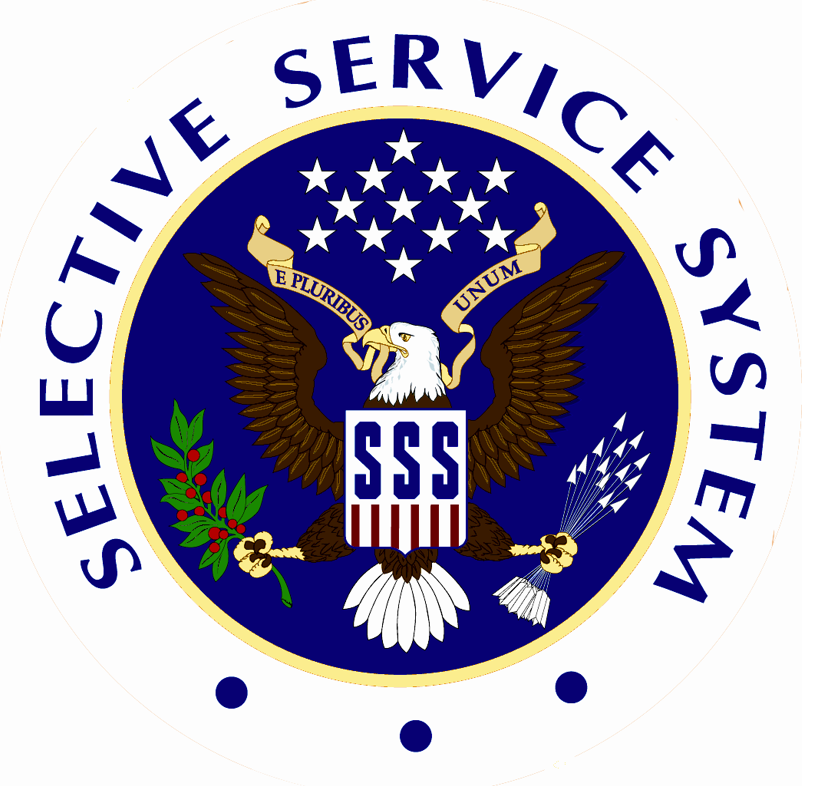As the number of Hispanic-Serving colleges grows, Latino students should keep one thing in mind

SPONSORED CONTENT
A recent issue of Inside Higher Ed has good news about American Latinos and college attendance: “As the number of Latinos who attend college grows, growing as well is the number of colleges that meet the federal definition of being Hispanic-Serving Institutions (HSIs), which is generally 25 percent or more Latino enrollment.”
This is a promising development. . .
. . . because it increases the options for young Latinos who are considering college after high school graduation, thinking of pursuing a college career, or returning to college later in life.
Inside Higher Ed quoted a leader in Latino higher education who put the news in a real-world perspective:
“The continuing growth in the number of HSIs is a positive sign of progress in educational opportunity and achievement for Hispanics, who account for almost three quarters of the growth in the U.S. workforce in this decade. Hispanic educational success is vital to America’s future prosperity and security,” said John Moder, senior vice president and chief operating officer at the Hispanic Association of Colleges and Universities (HACU).
HSI’s are important for Latino higher education
The HSI option is an important factor for prospective Latino college students, according to Deborah A. Santiago, vice president for policy and research at Excelencia in Education, a group focused on Hispanic higher education issues. “These students who went to HSIs looked at cost … location and accessibility. Whereas those who went to more selective institutions, they looked at financial aid, prestige, and academic programs.”
Cost is key, in fact. According to Politifact, over 50 percent of U.S. Latino college students received federal Pell Grants. But many prospective Latino college students may not know that there are certain requirements to getting a Pell Grant. For graduating high school senior men, the most important requirement is registering with the U.S. Selective Service System.
This is a responsibility that all men living in the United States have in common when they turn 18.
All young men regardless of race, religion, ability, or immigration status must register – it’s the law. If they fail to do so by their 26th birthday, they can:
- Lose eligibility for many student loans and grants.
- Lose eligibility for many federal and state government jobs.
- Experience significant delays in the immigration “citizenship” process.
One thing should be made clear.
The Selective Service System does not l ask for a registrant’s immigration or resident status and there is no effort to identify undocumented immigrants and provide reports to other government agencies. Young men living in the U.S. are required by law to register regardless of their immigration status.
It’s a responsibility that few 18 year-old men – Latino or not, citizen or not – consider as they transition into adult life. Faced with so many changes and life choices, Selective Service is probably not foremost in their thinking, but it should be if they want to set themselves up for a lifetime of success.
If you know a young man who has turned 18 or is about to, make sure to remind him to register with Selective Service – and what’s at stake if he doesn’t.
Registration is easy and only takes a few minutes.
Men must simply visit the Selective Service homepage at SSS.gov and click on the button that says “Register.” On the next page, there’s a Registration Form with a few simple questions including name, address, birth date, and social security number.
If a man doesn’t know his social security number or doesn’t have one, the paper registration form does not require a social security number and can be printed from the website or picked up at most U.S. Post Offices.
Filling out the form may only take a few minutes, but it will make a positive difference for the rest of a young man’s life.
###
![]() Ryan Brenizer/Hechinger Report
Ryan Brenizer/Hechinger Report


